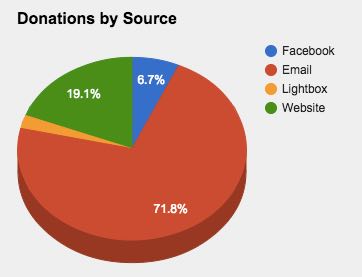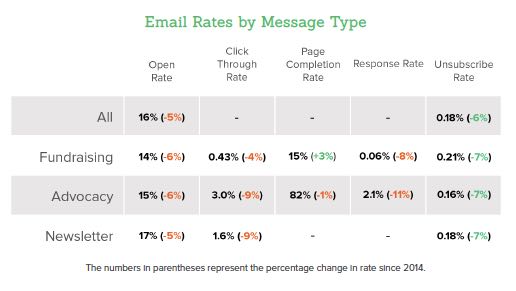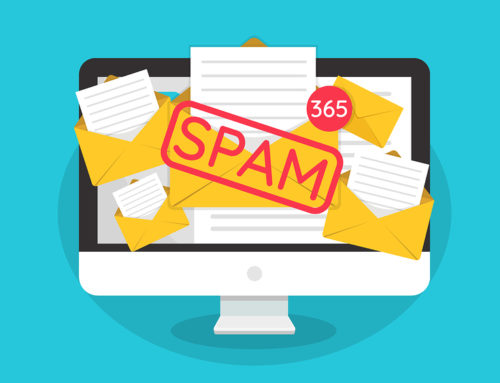
Image source: https://flic.kr/p/4fUsNL
In a few weeks, the year-end fundraising frenzy will be over.
Don’t forget one of the most powerful things you can do for your campaign – the debrief.
[And saying “thank you.” Always say that. So write that January “thank you” email spit spot!]Run right, debriefs help your organization learn from success and from failure. Conducted soon after a campaign ends, a debrief gives you invaluable feedback now, and for the next campaign you conduct.
So book your debrief date now (the sooner after the campaign ends, the better). Gather a few people who worked on the campaign, review your results, ask questions (see below), take notes, and make a post-project checklist.
Debriefs are some of my favorite meetings. After making what feels like a million decisions planning for and executing a campaign, now we get to ask, what made a difference?
Here are some of the questions you can ask during your debrief:
What happened?
What gets measured gets improved, so if you want to improve your fundraising results, you’ll have to collect and analyze more than just a fundraising total.
Here’s a list of the stats I assemble in a report after an online fundraising campaign:
 Campaign total $
Campaign total $- # gifts
- Avg gift $
- Donations by source (email, website button, Facebook, pop-up, etc.)
- Donations by day
- New donors vs renewals vs recaptured (of lapsed donors)
- One-time vs recurring gifts
- Average open rate
- Average click rate
- Average donation rate
- Average unsubscribe rate
- Donation page completion rate
- Email performance per message (number sent, open rate, click rate, action rate, unsure rate, total raised, average donation, number of donations)
- # total sends
- Year-over-year for each of the above stats
It’s helpful to know industry benchmarks, but always benchmark against yourself. Make progress, not perfection. Here are the email benchmarks from M+R, which are mostly from medium to larger organizations. I find that small nonprofits typically have better email open rates (a smaller, more organic list with less dead weight in it) but lower response rates.

Source: https://mrbenchmarks.com/
What worked? What didn’t? Why?
Chances are, you tried something new this year. Or maybe you repeated what worked last year.
Factors to look at here include, but are not limited to:
- Copy (stories, subject lines, calls to action)
- Creative (photos, graphics, buttons)
- Timing (time of day, time of week)
- Frequency and cadence (how far apart were emails?)
- Landing pages
- Donor experience (how many clicks does it take to get to the donation page? What’s the donor experience like on mobile? Did the landing page reflect messaging and visual themes from the email?)
- Tactic coordination (email, social, ads, lightbox, direct mail, radio)
- Staff/board involvement
Give the gift of hope. For every donation to @ConservationOrg, @glassybaby white light fund will match up to $100K https://t.co/EU0w3KDs2E pic.twitter.com/IZZ2O2Kdvc
— Conservation Intl (@ConservationOrg) December 13, 2016
What can we do better next time?
Also, WHO will do it better next time! Who will fix the donation landing page? Be available to help produce content? Better manage email sends?
Have you conducted a debrief? If so, share what you discovered, and what you did about it.






